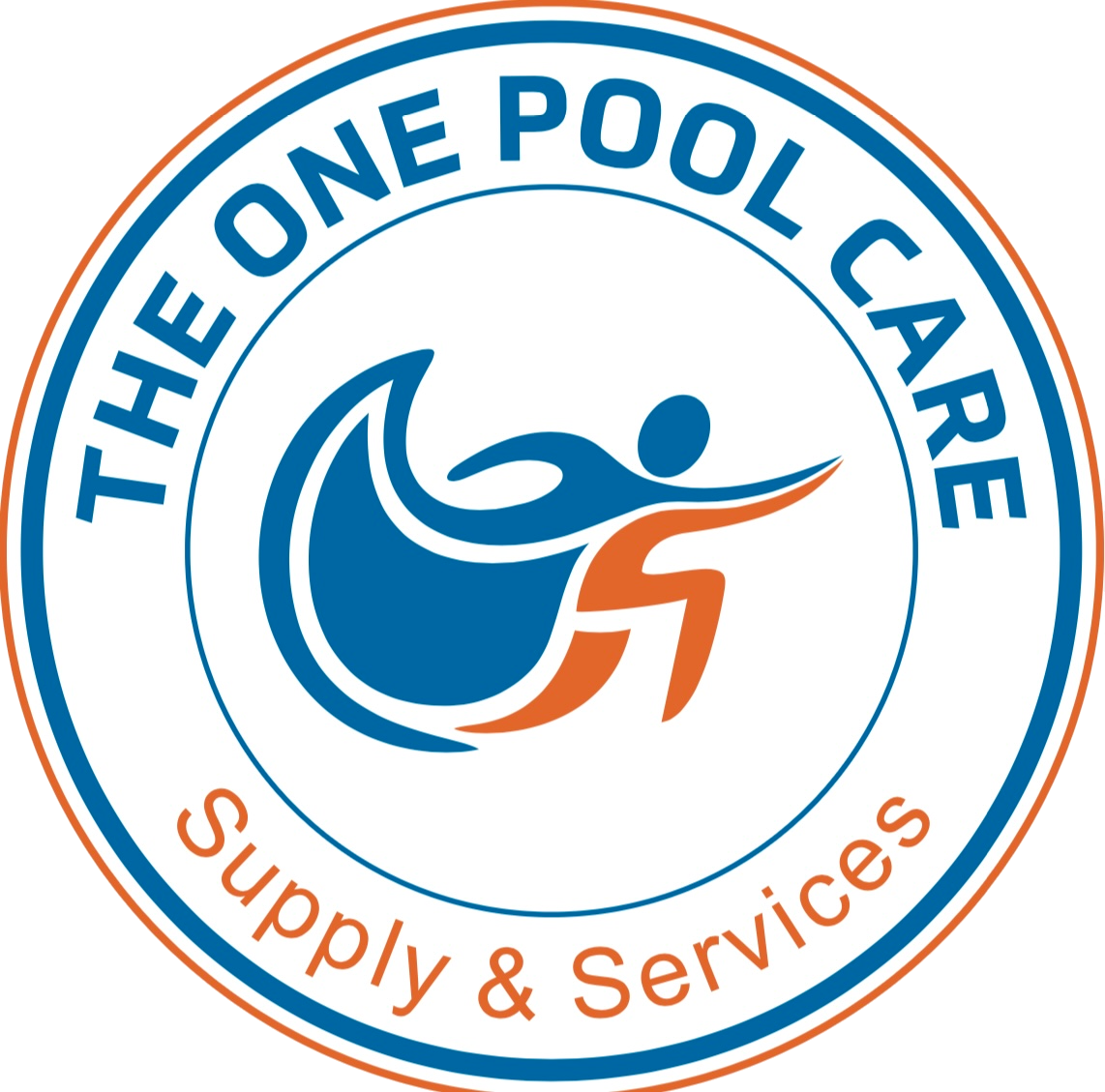How To Remove Mustard Algae from Your Pool
Dealing with mustard algae in pool water can be one of the most frustrating experiences for pool owners. Unlike green algae, mustard algae is more resistant to chlorine, tends to cling stubbornly to pool walls, and can return quickly if not properly treated. Also known as yellow algae, this type of growth often looks like sand or dirt collected in the shady areas of your pool.
Whether you’re a new pool owner or a seasoned swimmer, understanding how to effectively eliminate this problem is crucial for maintaining clean, safe water. In this guide, we will explore what mustard algae is, what causes it, and exactly how to remove mustard algae from your pool using proven steps.
What Causes Mustard Algae in Pool Water?
- Low sanitizer levels: Chlorine that's too low allows algae to grow unchecked.
- Poor water circulation: Dead zones in the pool where water is not circulating are perfect breeding grounds.
- Contaminated pool accessories: Towels, swimwear, pool toys, and even brushes can carry mustard algae spores.
- Lack of regular cleaning: Irregular brushing and vacuuming can allow algae to anchor to the surfaces.
- Warm, humid conditions: High temperatures and humidity speed up algae reproduction.
Mustard Algae or Sand? How to Tell the Difference
Step-by-Step Guide: How to Remove Mustard Algae from Your Pool
Remove and Disinfect All Pool Items
Brush All Pool Surfaces
Use a stiff-bristle pool brush to scrub every inch of the pool, especially shaded or problem areas. Pay close attention to steps, corners, light fixtures, ladders, and behind skimmer doors—these are common hiding spots.
This step loosens algae from surfaces, making it easier to treat. If you skip this, your treatment won’t be as effective, and the mustard algae pool issue may return.
Vacuum the Pool Thoroughly
Test and Balance Your Water
Shock Your Pool—And Then Shock It Again
Mustard algae is highly chlorine-resistant. A standard shock dose will not be enough. Use triple or quadruple the normal chlorine shock dosage. For example, if your regular dose is 1 pound per 10,000 liters, use 3 to 4 pounds.
Let the pump run for at least 24 hours after shocking. The goal is to kill mustard algae and destroy any remaining spores in the water.
Use a Mustard Algaecide
Follow up your chlorine shock with a mustard algae treatment product. Choose an algaecide that’s specifically formulated for yellow algae. This helps prevent regrowth and provides long-lasting protection.
Apply the algaecide according to the label instructions and keep the pump running to circulate it thoroughly.
Clean or Backwash Your Filter
How to Get Rid of Algae Dust in Pool
Even after a successful treatment, you may see a fine layer of residue at the bottom of the pool. This is often dead algae. Use a fine vacuum head and manually clean the bottom to completely remove algae from pool water.
Avoid brushing at this point, as it may stir the dust back into suspension.
How to Prevent Mustard Algae from Coming Back
- Maintain chlorine levels consistently between 1–3 ppm.
- Test and balance your pool water weekly to ensure optimal pH and alkalinity.
- Run your pump for at least 8–12 hours a day, especially in hot weather.
- Brush your pool weekly, even if it looks clean. This prevents buildup on surfaces.
- Clean or replace filters regularly.
- Wash pool items and swimwear before reintroducing them to the water.
Does Chlorine Kill Algae?
Stubborn Algae on Pool Walls? Don’t Ignore It
Stubborn algae on pool walls is a sign that the infestation has taken root. If brushing and shocking don’t work, you may need to repeat the treatment or contact a professional pool cleaning service The One Pool Care for expert help.
Conclusion:
- Identify the problem correctly.
- Follow a comprehensive cleaning, brushing, shocking, and algaecide treatment process.
- Maintain your pool to prevent it from returning.
Taking a few extra steps now can save you hours of work later and help protect your pool surfaces, equipment, and most importantly, your enjoyment.
If the problem becomes too overwhelming or keeps coming back, professional help is always available. Services The One Pool Care can take over the heavy lifting and ensure your pool stays algae-free all season long.

 Skip the Que – Get a Free Quote in Minutes!
Skip the Que – Get a Free Quote in Minutes!